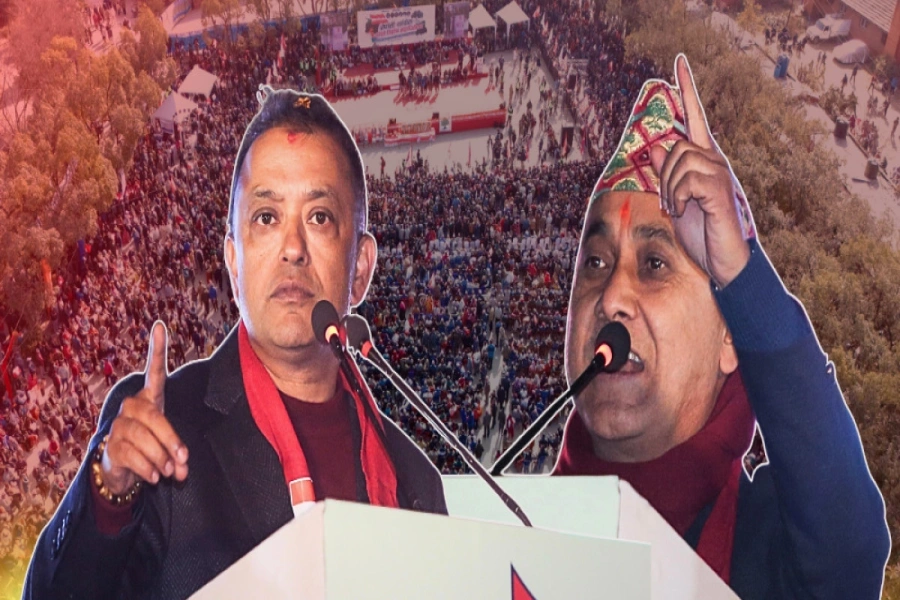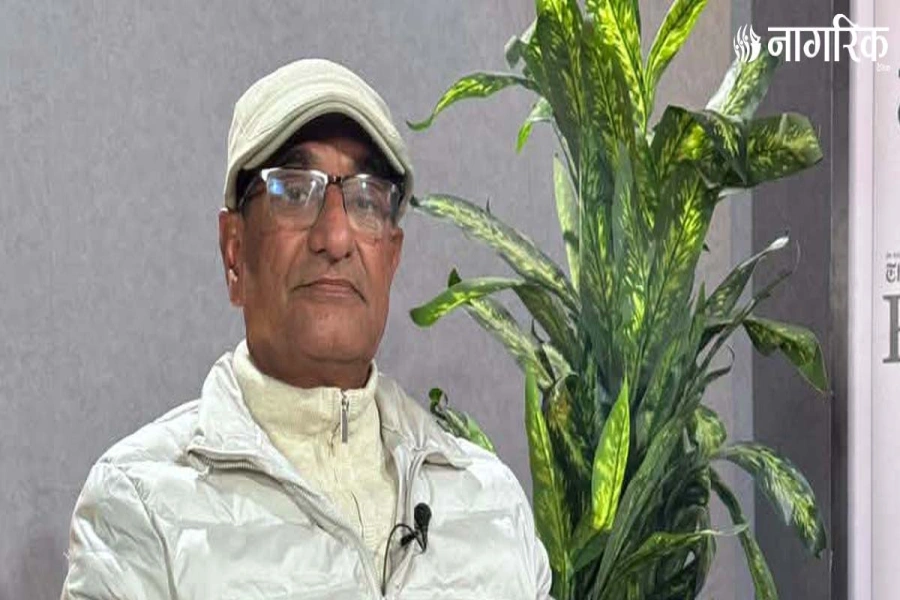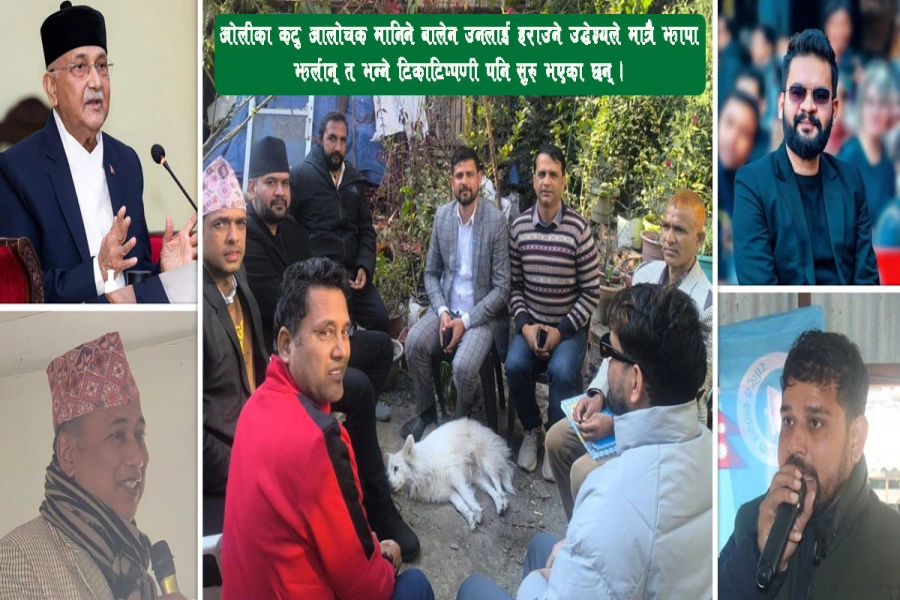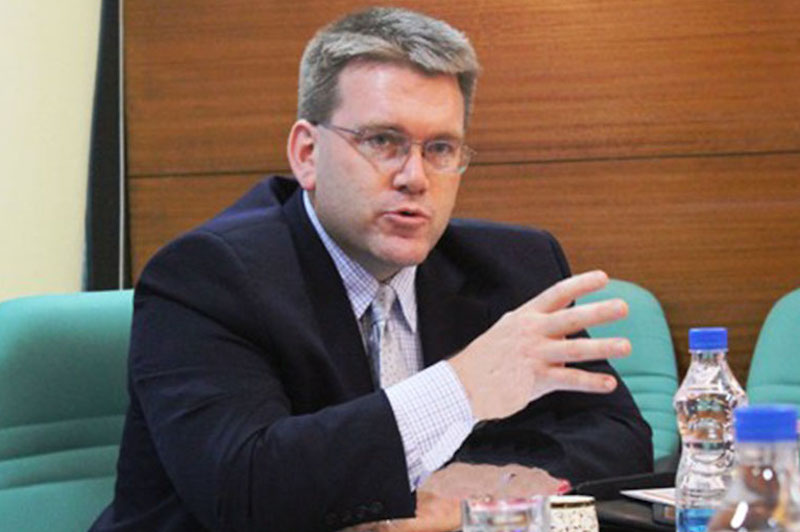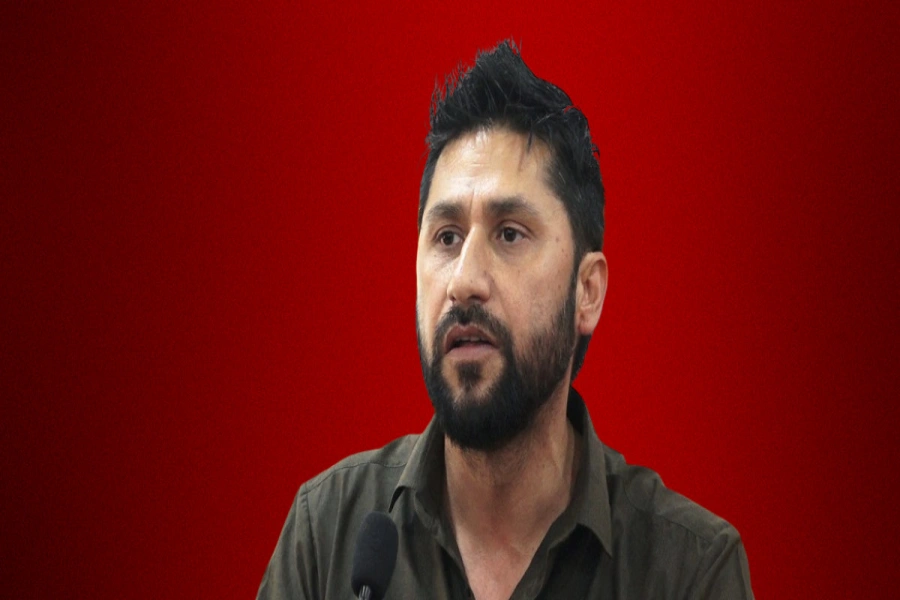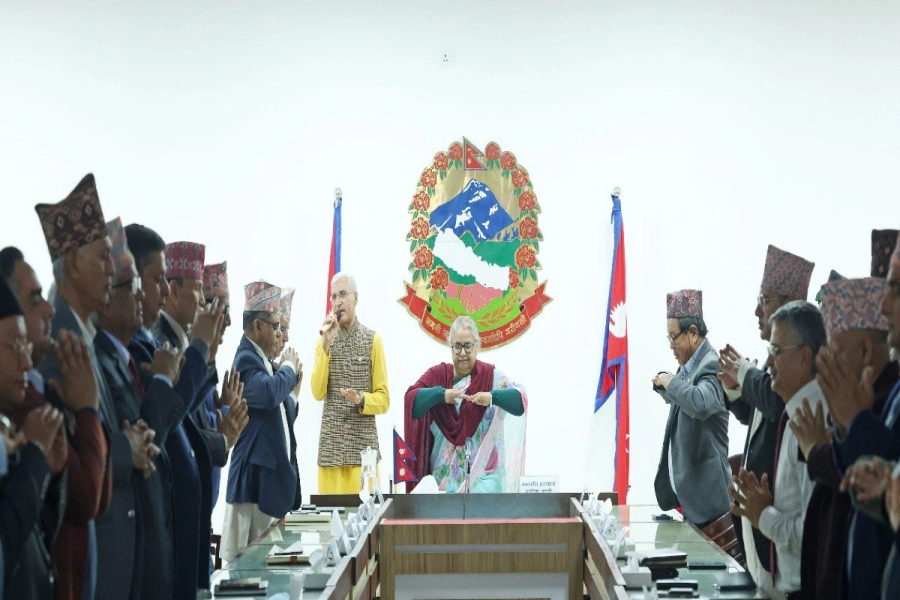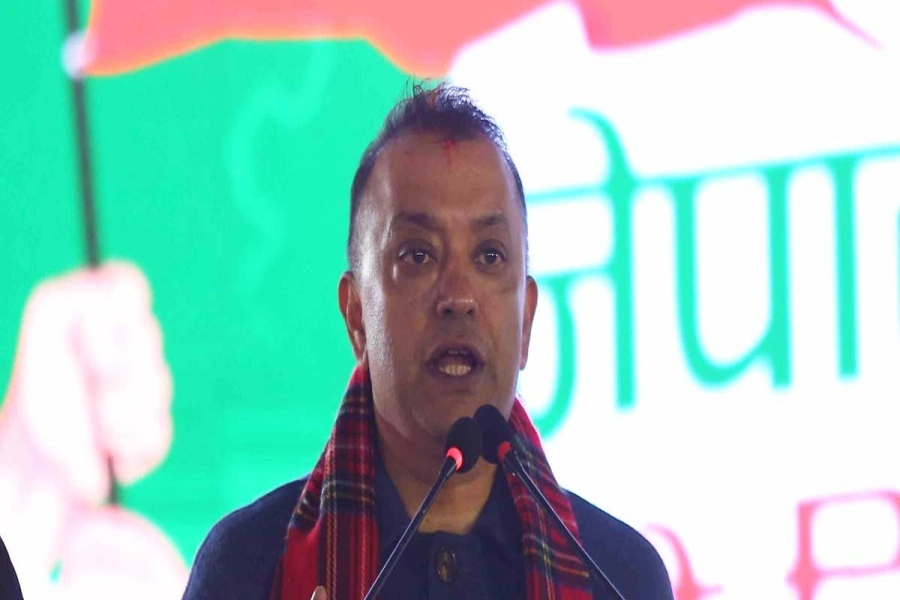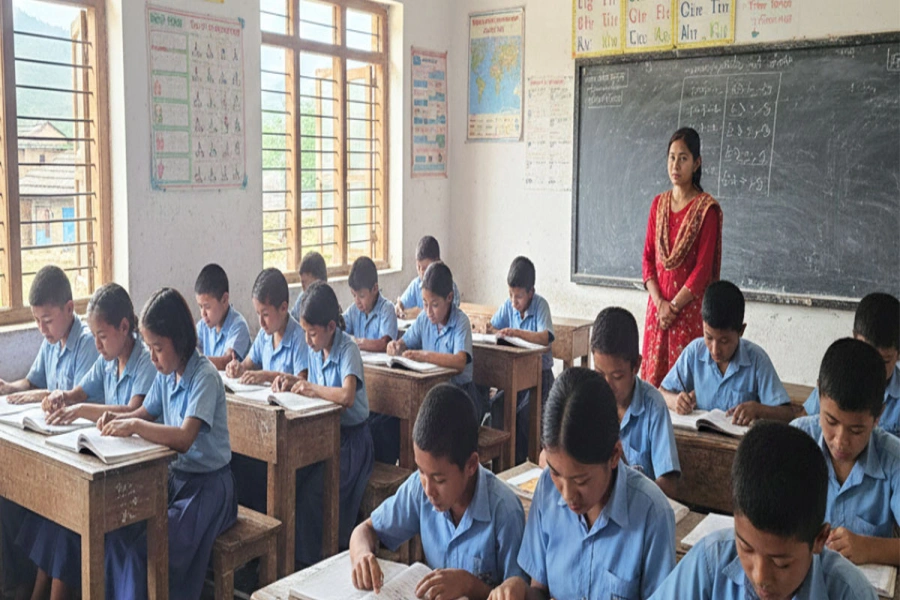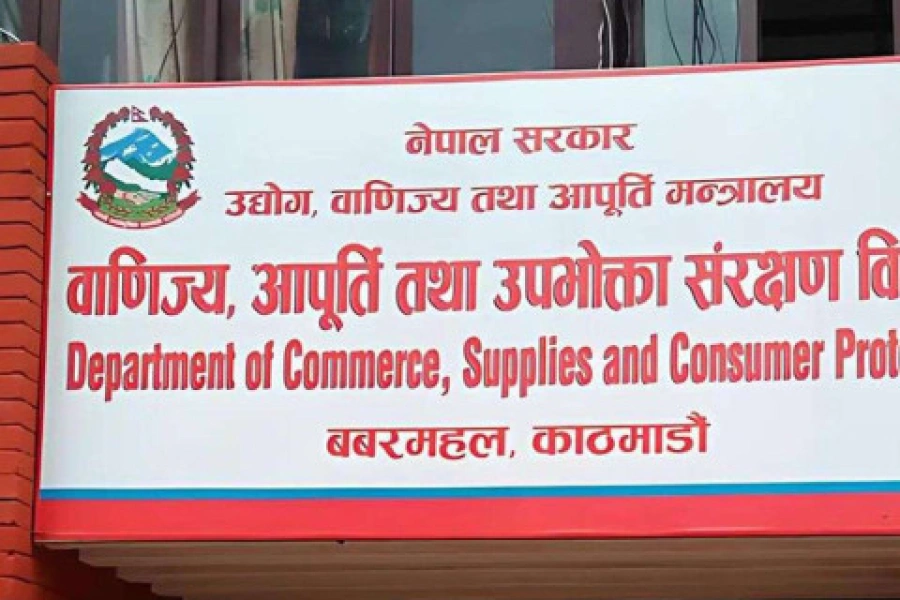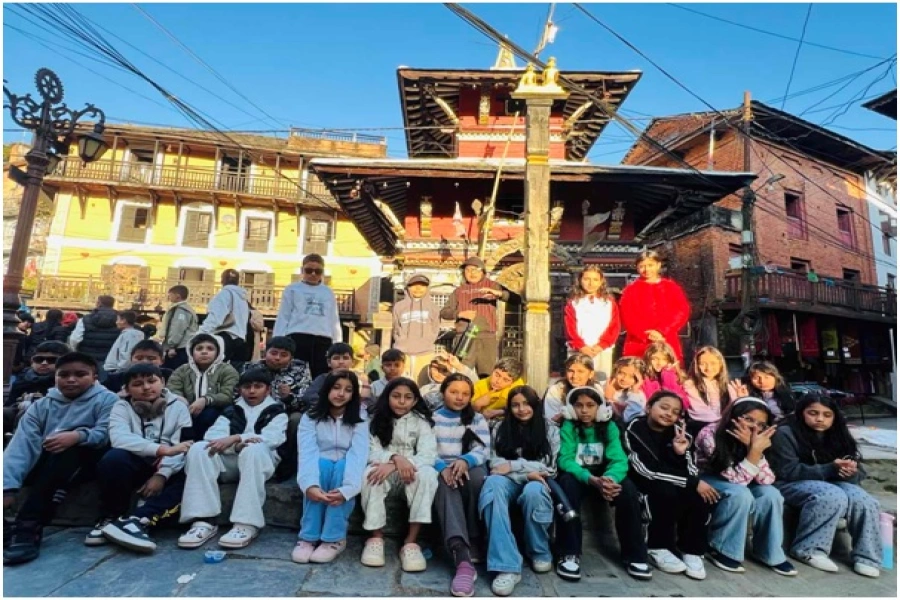On August 16, 2024, a small town of 'Thame' in the Everest region of Nepal was hit by a Glacier Lake Outburst Flood (GLOF) and debris flow. The flood originated due to a glacial lake outburst approximately 10 km upstream. This unfortunate incident destroyed 20 houses and critical infrastructure in the village, forcing more than 135 people to abandon their homes. While detailed assessments of the losses and damages from this incident are yet to be done, the initial result suggests huge economic and infrastructure damages, particularly impacting the tourism industry as the village served many visitors as a gateway to the Everest expedition.
Just a year before the Thame incident, on Aug 13, 2023, Kagbeni, a town in the Himalayan district of Mustang, was hit by a flash flood. It was unusual for the town to anticipate such incidents as arid and dry conditions usually characterize the region. According to the Department of Hydrology and Meteorology, the area received a record-breaking rainfall of 25mm, which is not typical for the area given the microclimate. According to the authorities, it was almost five-fold higher than the previously observed precipitation for the region. The incident damaged at least 31 houses, significantly impacting the hospitality and tourism industry, as the town served as a gateway to a famous pilgrimage site, Muktinath. According to a report, the initial loss was estimated to be around USD 7.4 million, but it is believed that a detailed assessment would give bigger figures, and the losses beyond the economic values, such as loss of livelihoods, aesthetic values, cultural and social losses. Although it has been more than a year since the incident, the communities are still struggling to recover and waiting for external support to restore their livelihood.
Two years before the Kagbeni incident, the Melamchi flood on Jun 15, 2021 due to multiple factors including temperature rise, intense rain and landslide dam outbursts, devastated the major towns of Helambu and Melamchi. The municipalities still struggle to recover from the major damage to critical infrastructure, including bridges, roads, hospitals, schools, and cremation sites. Three years after the incidents, the affected families still struggle to receive compensation to restore their livelihood.
According to a report published in 2023, a total of 539 buildings were damaged entirely, resulting in loss of lives, six injuries, and 23 people reported still missing, with an estimated economic loss and damage of around USD 498 million from the single event. Furthermore, the Melamchi Water Supply Project, a national pride project of the Government of Nepal, was partially damaged, interrupting the water supply to the country's capital. The non-economic impact of the flood is unimaginable, impacting tourism, local businesses and the aesthetic value of the beautiful Melamchi Valley.
Devastating Floods and Landslides in Nepal: Costly Lessons for...

The Cost of Delay
The above examples are just an indicator of what such incidents can bring about. The recent three significant incidents in Nepal raise an important question for researchers, development sector, scientists and international communities to rethink and revitalize the business-as-usual model of tackling such unprecedented events. A report by the International Centre for Integrated Mountain Development, 2020, has documented 2070 glacial lakes in the country, with 21 being assessed as potentially dangerous and may burst at any time. As the global temperature continues to increase in the absence of radical policy shifts in reducing emissions, these lakes are just other incidents that will make headlines in the future. If seen from the climate justice angle, such a disproportionate impact on the communities of Nepal, whose contribution to the global temperature rise is minimal, it is a matter of injustice.
The international climate discourse has identified the need to address such incidents and injustice through appropriate policies and actions as a collective effort by building on the polluters pay principle. However, delays and inaction in international climate negotiations, particularly regarding the operationalization of climate finance, have left communities in developing countries to pay the cost of delay. As such a process progresses slowly, an important question is to be asked: who will be responsible for bearing the cost of delay when we push such vulnerable communities into a vicious cycle of vulnerability and injustice? Will it have to be the communities, the government or the international community?
Will the newly established Loss and Damage fund deliver to the most vulnerable?
A new financing instrument was established in 2022 during the 27th session of the UN Climate Change Conference held in Egypt. Later, it was operationalized during the 28th session of the conference under UAE's presidential leadership. As of March 2024, only USD 668 million has been pledged to the fund, which reflects the lack of substantial financial commitments from developed countries. To put the scenario in perspective, the fund would not be enough to address the devastation caused by the three major incidents that occurred between 2021 and 2024 in Nepal. However, the fund's mandate is to deliver to vulnerable and developing countries devastated yearly due to climate-induced hazards.
Since its operationalization, two board meetings have been held in Abu Dhabi and Songdo, respectively. However, apart from a few procedural progress, including identification of the host country and entity, crucial questions concerning the amount of funds a country can access, its funding mechanisms, and access modalities remain unanswered. Furthermore, as the World Bank is about to host the fund, we are yet to observe the bank's ability to meet the hosting conditions, which will define the fund's effectiveness and sustainability, particularly regarding direct access for countries and communities such as Nepal. This will have a particular implication for communities such as Melamchi, Kagbeni, and Thame, as it is a matter of justice.
Looking Forward
Climate attribution science is evolving, and we will have more robust evidence to attribute such incidents to the climate phenomenon. While directly attributing specific flooding and GLOF events to climate change requires further scientific investigation, it is evident that such incidents are not usual and cannot be looked at as independent incidents. In this regard, Nepal must proactively document these cases and advocate for early access to the fund from the Loss and Damage Fund. Detailed documentation of such incidents would provide strong evidence to pressure the developed countries to raise their ambition and commitment at the international level. It is also an opportunity to set an example for mountainous countries to advocate for the rights of the mountains and people. It is particularly relevant given the focus of the upcoming 29th climate change conference session scheduled between Nov 11 and Nov 22, 2024, in Baku, Azerbaijan.
Nepal should collaborate with other mountainous countries and take leadership to ensure that such meetings deliver to the people waiting to rebuild their houses and restore their livelihoods in places such as Thame, Kagbeni, Melamchi and other parts of Nepal.



